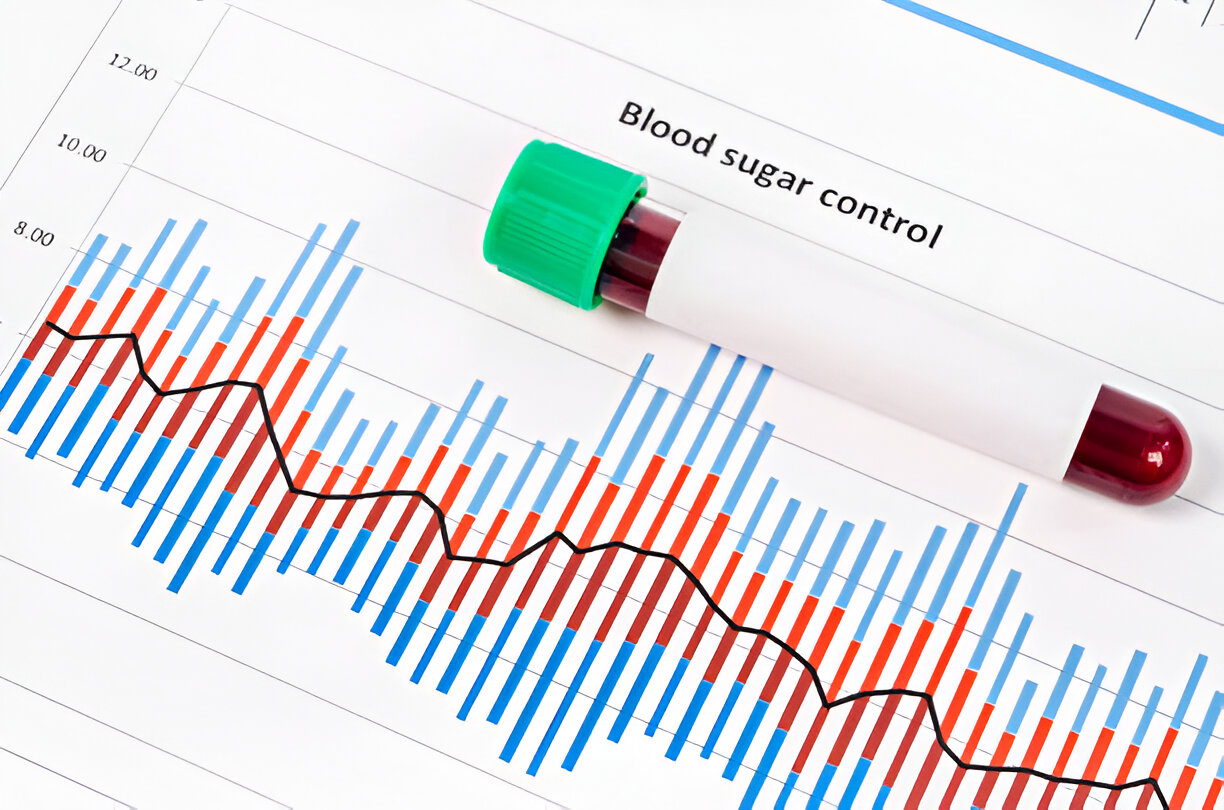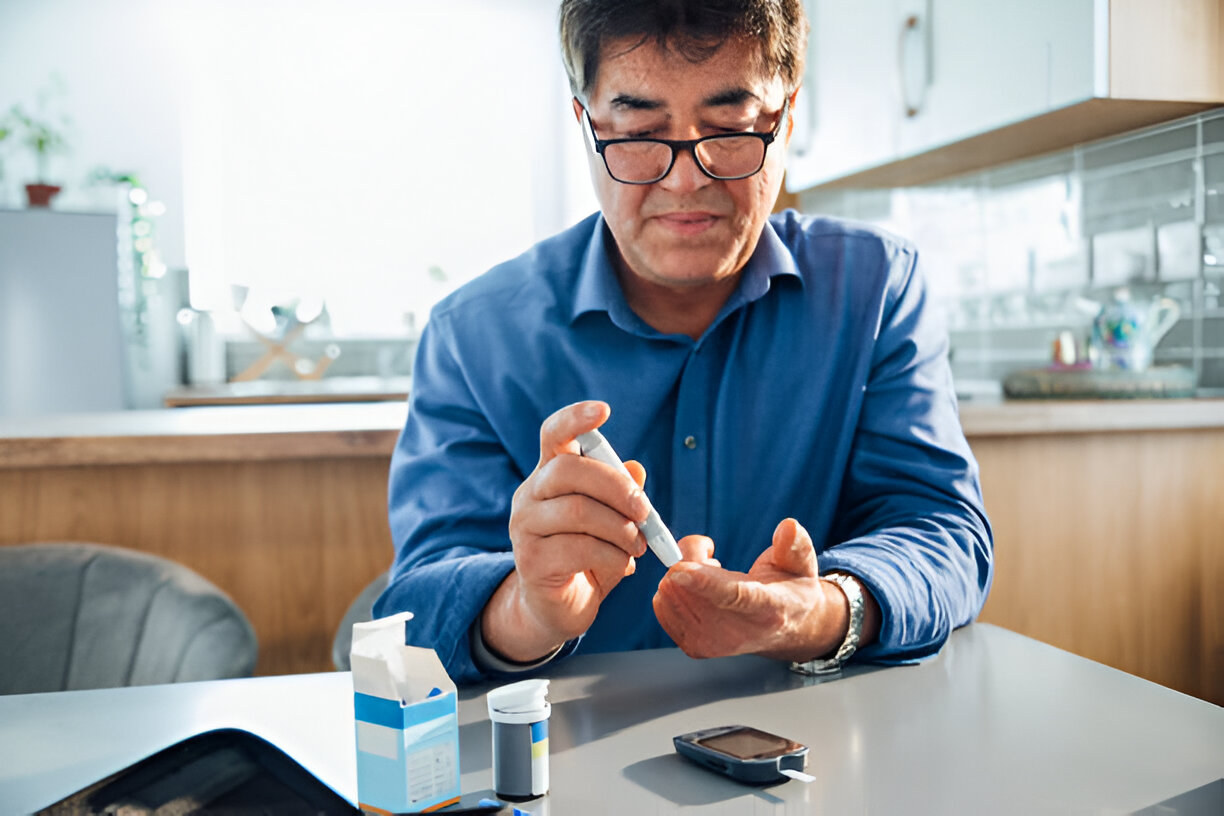Insulin resistance is a condition that can develop quietly over the course of up to 10 years before manifesting as Type 2 Diabetes. Recognizing and addressing insulin resistance early is crucial in preventing its progression and mitigating the associated health risks. This blog post will explore how insulin resistance develops, its impact on pancreatic beta cells, metabolism, weight, heart health, nerves, and blood vessels.
The Development of Insulin Resistance
Insulin resistance occurs when the body’s cells become less responsive to the hormone insulin, which is essential for regulating blood sugar levels. The pancreas compensates by producing more insulin, but over time, this can lead to a range of metabolic disturbances and health issues.
The Silent Progression to Type 2 Diabetes
Insulin resistance can exist for years without obvious symptoms. During this time, the following changes may occur in the body:
- Pancreatic Beta Cells: These cells in the pancreas are responsible for producing insulin. As insulin resistance develops, they work harder to produce more insulin to keep blood sugar levels in check. Over time, this constant demand can lead to beta-cell dysfunction and eventual failure, a key step in the progression to Type 2 Diabetes.
- Metabolism: Insulin resistance disrupts normal metabolic processes. The body’s ability to effectively use glucose for energy is impaired, leading to increased fat storage, particularly around the abdomen. This can result in weight gain and obesity, which further exacerbates insulin resistance.
- Weight Gain: As insulin resistance progresses, the body tends to store more fat, making it harder to maintain a healthy weight. The excess insulin in the bloodstream also promotes fat storage and inhibits fat breakdown, leading to increased adiposity (fat cells). Have you ever wondered how someone can have the same exact diet, calorie consumption, and activity level over time, but still be consistently gaining weight? This is your answer.
- Heart Health: Insulin resistance is a major risk factor for cardiovascular disease. High levels of insulin and sugar in the blood can damage the lining of the arteries, leading to atherosclerosis (hardening and narrowing of the arteries), hypertension (high blood pressure), and an increased risk of heart attack and stroke.
- Nerves: Prolonged high blood sugar levels can damage the nerves, leading to neuropathy. This is particularly common in the extremities and can cause symptoms such as numbness, tingling, and pain.
- Blood Vessels: The damage to blood vessels caused by high blood sugar levels can lead to poor circulation, particularly in the legs and feet. This increases the risk of infections and, in severe cases, can lead to amputations. It’s also important to point out that one extremity that is often affected is the penis. One cause of erectile dysfunction, that commonly goes undiagnosed, is insulin resistance and high blood sugar fluctuations. This can lead to erectile dysfunction (ED) by damaging blood vessels and nerves essential for normal erectile function. When blood sugar levels are consistently high, they can cause inflammation and oxidative stress, which harms the endothelial cells lining the blood vessels. This damage impairs blood flow to the penis, making it difficult to achieve and maintain an erection. Additionally, insulin resistance can reduce nitric oxide availability, a molecule crucial for vasodilation and blood flow. The implications of ED extend beyond sexual health, often indicating underlying cardiovascular issues and significantly affecting a man’s quality of life and psychological well-being.
- Hormone Imbalances: Excess insulin in the blood acts as a BULLY to your sex hormones, including testosterone, DHEA, DHT, estrogen, and progesterone, pushing them out of balance. This imbalance often leads to disorders such as Polycystic ovarian syndrome, menstrual irregularities, premenstrual dysphoric disorder, hypogonadism (low testosterone in men), and fertility issues.
The Importance of Early Intervention
Early intervention in insulin resistance is crucial to prevent the onset of Type 2 Diabetes and the associated complications. Here are some key strategies for managing and reversing insulin resistance:
- Diet: A diet rich in whole foods, including vegetables, fruits, lean proteins, and healthy fats, can help regulate blood sugar levels and improve insulin sensitivity. Reducing the intake of processed foods, sugars, and refined carbohydrates is essential.
- Exercise: Regular physical activity helps improve insulin sensitivity by increasing glucose uptake by the muscles. Aim for at least 150 minutes of moderate-intensity exercise per week.
Weight Management: Losing excess weight, particularly abdominal fat, can significantly improve insulin sensitivity. Even a modest weight loss of 5-10% of body weight can make a difference. - Medications: In some cases, medications such as GLP-1 injectables and metformin may be prescribed to help improve insulin sensitivity and lower blood sugar levels.
- Supplements/ Herbs: There are many supplements and herbs that can aid in the reduction of insulin resistance. Myoinositol + D-Chiro Inositol is a supplement that has been studied to increase insulin sensitivity and reduce insulin resistance. Berberine helps with cravings and supports healthy blood sugar levels. Cinnamon contains chromium which helps lower blood sugar. Gemnema Sylvestre is an herb that improves blood sugar, maintains weight, and increases insulin sensitivity. Phenugreek, American Ginseng root, and Banaba extract are also helpful herbs that improve insulin sensitivity. Of course, I do not recommend starting supplements or herbs without speaking to your medical provider, first.
Conclusion
Insulin resistance is a serious condition that precedes Type 2 Diabetes by many years. Understanding its development and impact on the body is essential for early detection and intervention. By adopting a healthy lifestyle and making proactive changes, it is possible to manage and even reverse insulin resistance, reducing the risk of diabetes and obesity and improving overall health.
By understanding and addressing insulin resistance early, we can prevent the development of these chronic diseases, paving the way for a healthier future. Contact us at Redline Health and Wellness in Burleson Tx, today!
References
Evanthia Diamanti-Kandarakis, Andrea Dunaif. Insulin Resistance and the Polycystic Ovary Syndrome Revisited: An Update on Mechanisms and Implications, Endocrine Reviews, Volume 33, Issue 6, 1 December 2012, Pages 981–1030, https://doi.org/10.1210/er.2011-1034
Marine L. Croze, Christophe O. Soulage, Potential role and therapeutic interests of myo-inositol in metabolic diseases, Biochimie, Volume 95, Issue 10, 2013, Pages 1811-1827,
ISSN 0300-9084, https://doi.org/10.1016/j.biochi.2013.05.011.
Moghetti, P., Tosi, F. Insulin resistance and PCOS: chicken or egg? J Endocrinol Invest 44, 233–244 (2021). https://doi.org/10.1007/s40618-020-01351-0






